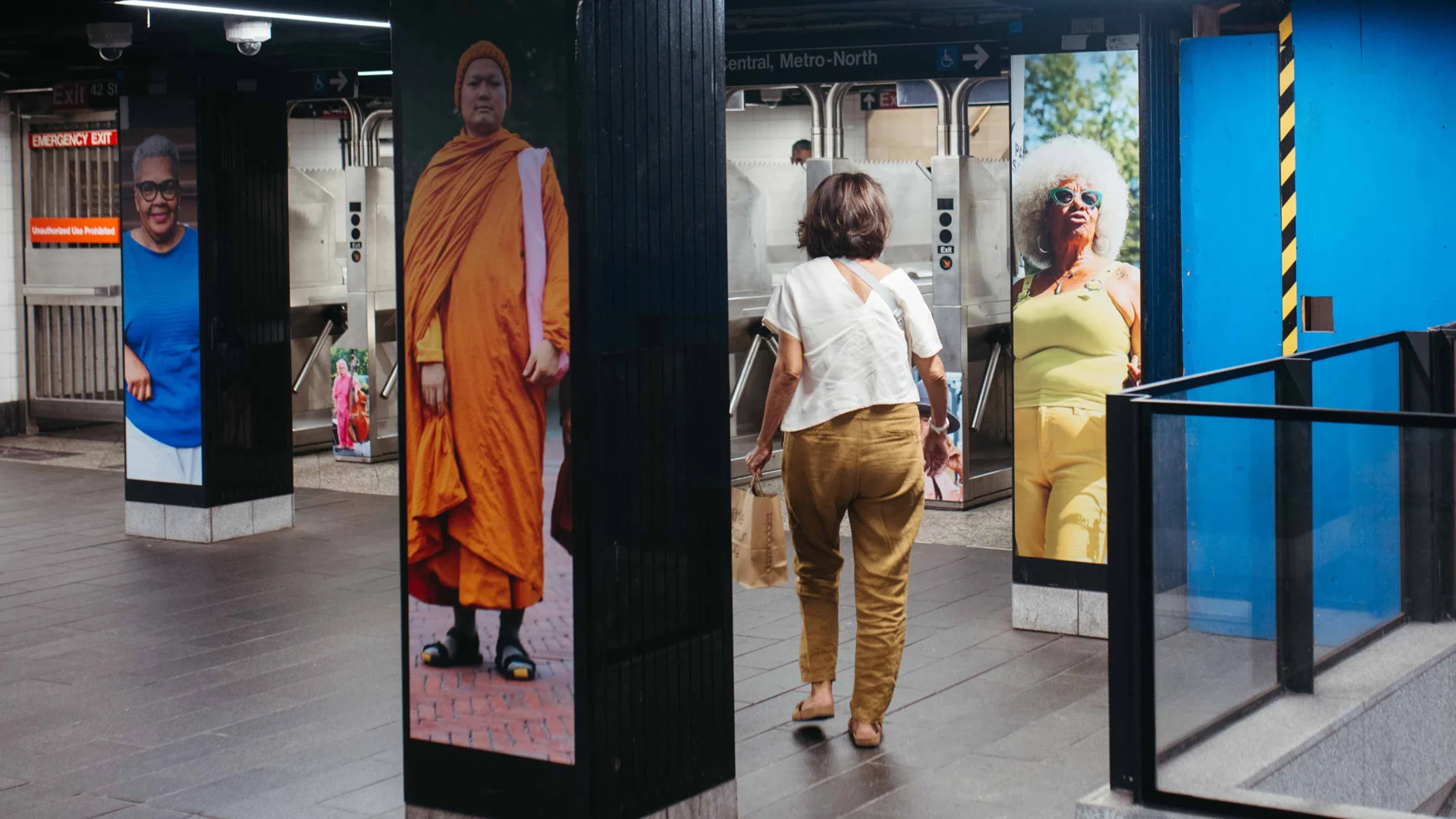
"While the city hurtles past in a blur, Brandon Stanton has stopped to write it a love letter-on the walls of Grand Central itself. For the first time, the terminal and its subway station have been completely cleared of flashing advertisements and replaced with art. More than 150 digital screens now display thousands of portraits and stories from Stanton's Humans of New York-the largest and most diverse collection of New York City portraits ever created by a single artist, featuring over 10,000 photographs and interviews with people all around the world."
"Running through October 19, Dear New York is a first-of-its-kind immersive experience that vividly celebrates the people of New York. Located in a landmark through which more than 750,000 people pass daily, the station serves as a crossroads for locals, commuters, and tourists alike, allowing the art to reach and touch people from all walks of life. The process of clearing out the space and replacing it with art, Stanton explains, was monumental. "I would say it took 1,000 'yeses' to make this happen. One 'no' could have completely made it fall apart," he says."
"In a six-month sprint, Stanton had to align a tangle of stakeholders-from the MTA and Metro-North Railroad to Outfront Media and the State Historic Preservation Office. "It was a mix between a commercial and a political negotiation," he says. Outfront Media owns 80% of the screen time in Grand Central Station and is driven solely by profit, leaving Stanton with no choice but to negotiate pricing to gain access. The remaining 20% of display space is controlled by the MTA and usually used for public service announcements."
Grand Central Terminal and its subway station were cleared of flashing advertisements and replaced with artwork across more than 150 digital screens. The installation displays over 10,000 Humans of New York photographs and interviews, forming the largest single-artist collection of New York City portraits. Dear New York runs through October 19 and reaches a landmark passed by more than 750,000 people daily, bringing portraits to commuters, locals, and tourists. The project required a six-month effort coordinating the MTA, Metro-North, Outfront Media, and the State Historic Preservation Office and involved extensive commercial and political negotiation and pricing compromise.
Read at Fast Company
Unable to calculate read time
Collection
[
|
...
]